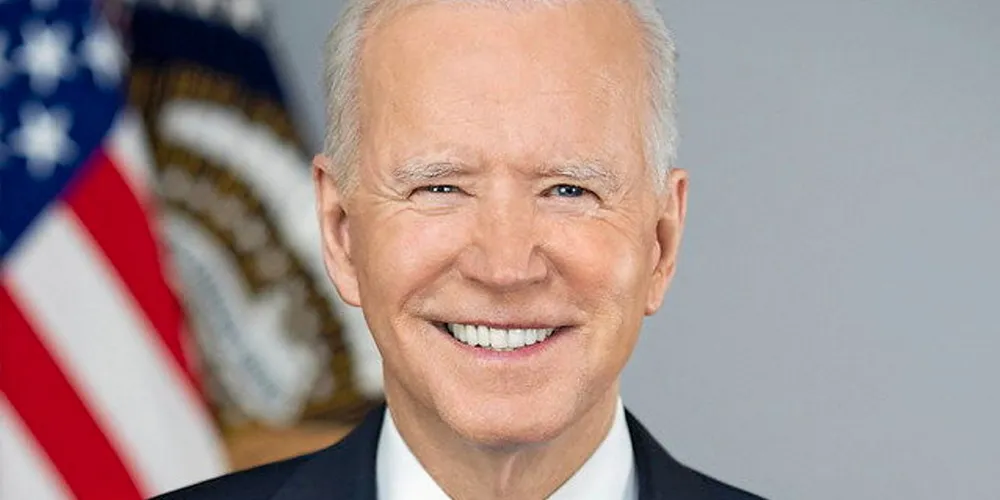World still has 'credible pathway' to net zero – but it will cost $2.7trn a year: Wood Mackenzie
Big ramp-up needed this decade but sustainability 'alive and kicking' despite economic headwinds, says research group

Big ramp-up needed this decade but sustainability 'alive and kicking' despite economic headwinds, says research group
